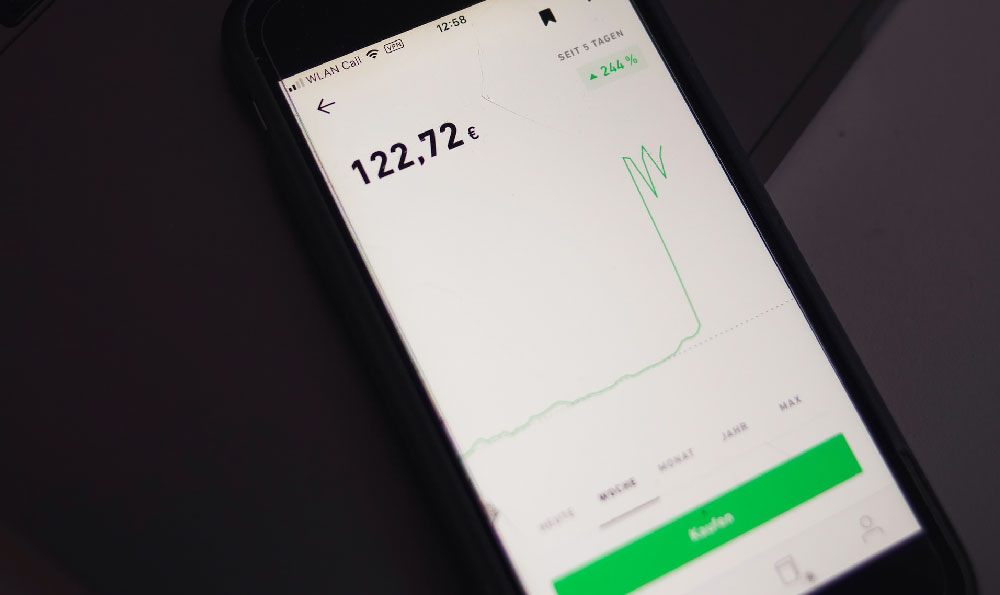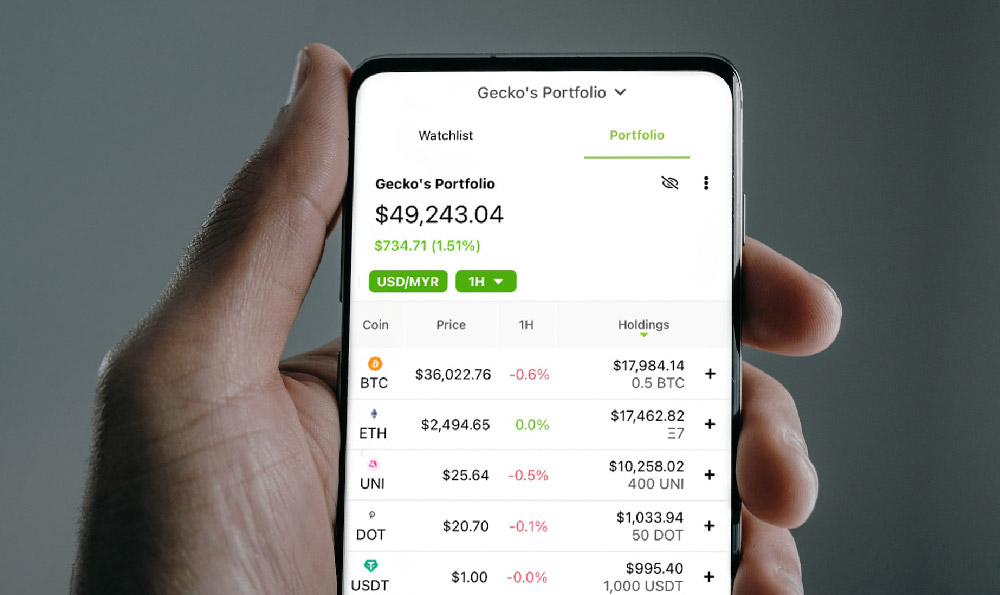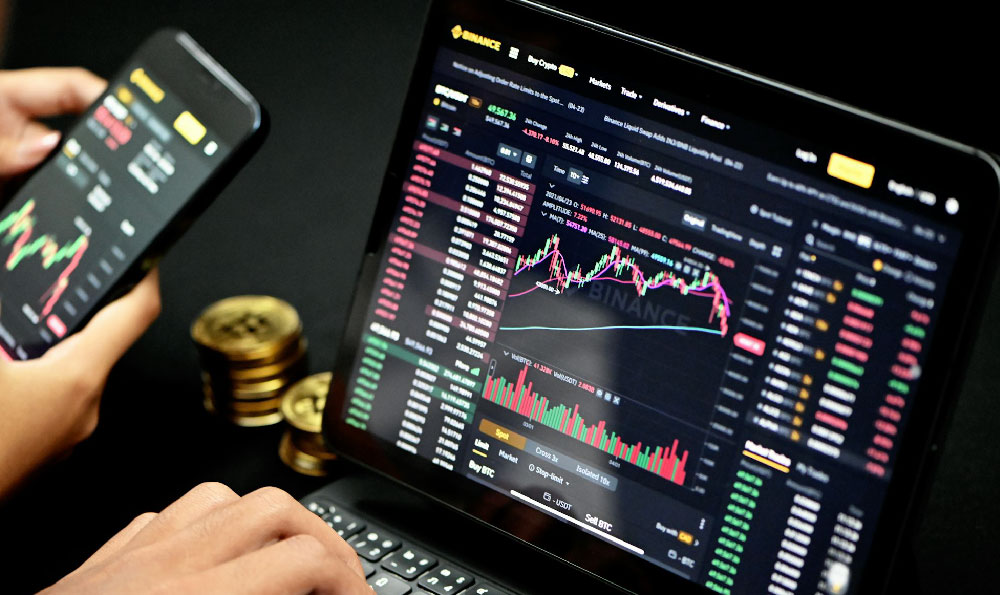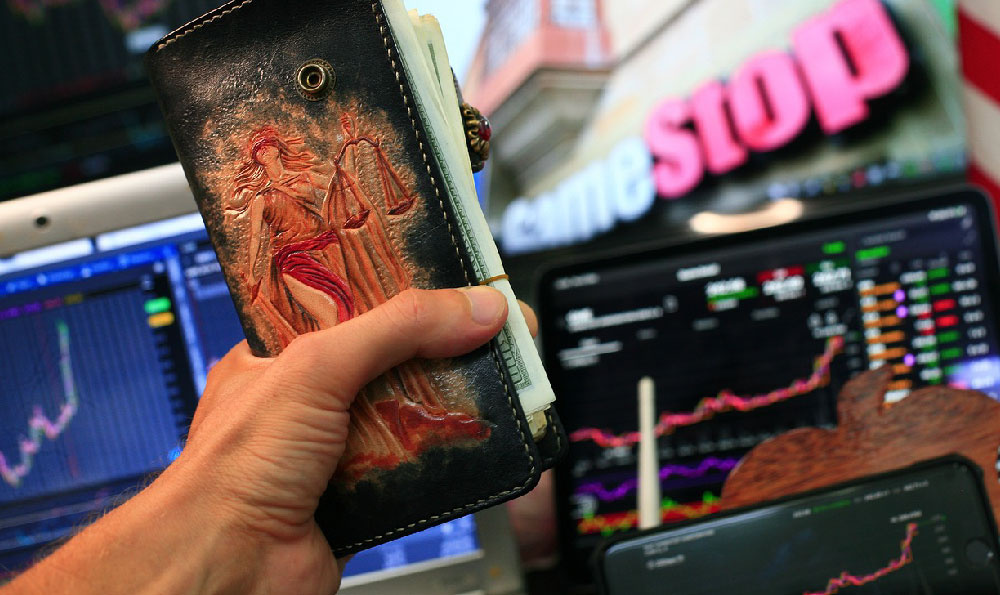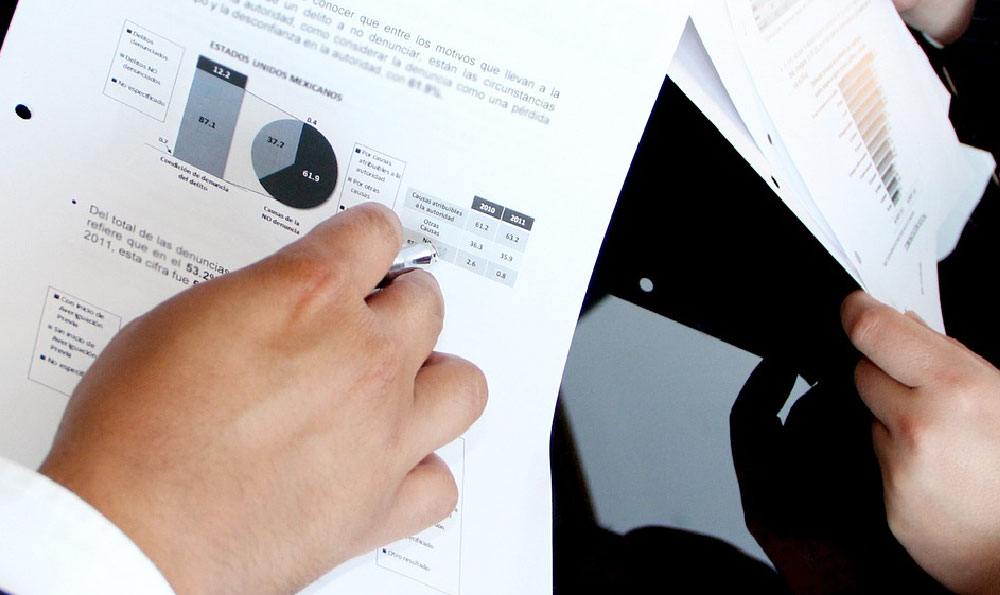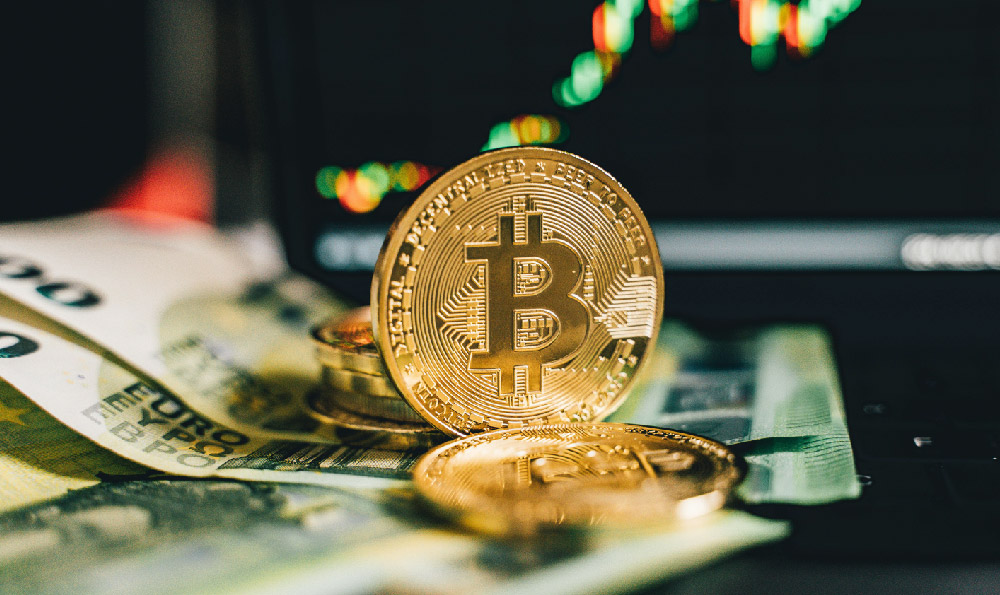The question of how much you can earn driving for Uber is complex and doesn't have a single, definitive answer. It's a dynamic figure heavily influenced by a multitude of factors, making it crucial to understand these elements to realistically assess your potential income. While Uber's marketing might highlight attractive hourly rates, the actual take-home pay can vary considerably. Let’s delve into the specifics.
First and foremost, location is paramount. A driver operating in a densely populated metropolitan area with high demand for ride-sharing services will typically earn significantly more than someone working in a smaller town or rural setting. Cities like New York, Los Angeles, or San Francisco have a greater concentration of potential passengers, leading to more frequent ride requests and thus, increased earnings. Conversely, areas with lower population density or limited tourist activity translate to fewer opportunities to pick up passengers. Moreover, within a city, certain neighborhoods or districts might experience higher demand due to events, nightlife, or business activities. Smart drivers learn to identify and position themselves in these high-demand zones to maximize their earning potential. It's not just about the city itself but also the specific micro-markets within it.
Time of day and day of the week are equally important. The busiest times for Uber drivers are typically during rush hour commutes on weekdays (morning and evening), weekend nights (especially Friday and Saturday), and during special events like concerts, sporting games, or festivals. Surge pricing, where fares are increased due to high demand and limited driver availability, often occurs during these peak hours, allowing drivers to earn significantly more per ride. Conversely, driving during off-peak hours, such as midday on weekdays, can result in lower fares and longer waiting times between rides, consequently reducing overall earnings. Savvy drivers strategically plan their driving hours to coincide with these high-demand periods, maximizing their profit. Weekend afternoons can sometimes be surprisingly profitable, especially if the weather is good and people are out and about.

Beyond location and timing, the specific type of Uber service you provide plays a role. Uber offers various ride options, such as UberX, UberXL, Uber Black, and Uber Pool, each with different fare structures and requirements. UberX, the standard option, generally offers the lowest fares, while Uber Black, catering to luxury rides, commands the highest. UberXL, designed for larger groups, can also be more lucrative than UberX. The type of vehicle you drive dictates the services you can offer. Having a larger vehicle that qualifies for UberXL, even if you don't always use it for large groups, provides flexibility and opportunities to accept more diverse ride requests. Additionally, drivers with excellent ratings and experience may be eligible for premium services like Uber Black, potentially unlocking higher earning potential.
Another significant factor that directly impacts your earnings is expenses. These can be substantial and need to be carefully considered. Fuel costs, vehicle maintenance (including repairs, oil changes, tire replacements), insurance, and depreciation all eat into your profits. Some drivers lease or rent vehicles specifically for Uber driving, which adds another layer of expense. It's critical to meticulously track these costs to accurately determine your net income. Using apps to track mileage and expenses, and setting aside money for taxes, is crucial for effective financial management. Furthermore, optimizing driving habits to conserve fuel, such as avoiding aggressive acceleration and braking, can contribute to reduced expenses. Regular vehicle maintenance is essential to prevent costly repairs down the line.
Incentives and bonuses offered by Uber can also influence your income. Uber frequently offers promotions to drivers, such as guaranteed earnings for completing a certain number of rides within a specific timeframe, or bonuses for driving in designated areas during peak hours. These incentives can significantly boost your earnings, particularly when strategically combined with peak-hour driving and surge pricing. Drivers should actively monitor the Uber app for these promotions and plan their driving schedule accordingly. However, it’s wise to carefully read the fine print of these offers, as some may have specific requirements or limitations.
Finally, driver behavior and customer ratings can indirectly affect your earnings. Drivers with consistently high ratings tend to receive more ride requests, as passengers often prefer drivers with a proven track record of excellent service. Providing a clean and comfortable vehicle, being courteous and professional, and navigating efficiently can all contribute to positive customer ratings. Consistently low ratings can lead to fewer ride requests and, in extreme cases, deactivation from the Uber platform. Moreover, accepting ride requests promptly and avoiding cancellations can also improve your standing with Uber and increase your earning potential. Building a reputation for reliability and professionalism is key to long-term success as an Uber driver.
In conclusion, determining exactly how much you can earn driving for Uber is a personalized calculation, requiring careful consideration of location, time of day, vehicle type, expenses, incentives, and customer ratings. While some drivers might earn a comfortable living, others may find it difficult to generate a substantial income. A realistic assessment of all these factors is vital before committing to driving for Uber. By understanding and strategically managing these variables, you can optimize your earning potential and achieve your financial goals. It's not simply about driving; it's about driving smart.


